Factory Tour: Closed Loop Recycling
01 April 2014
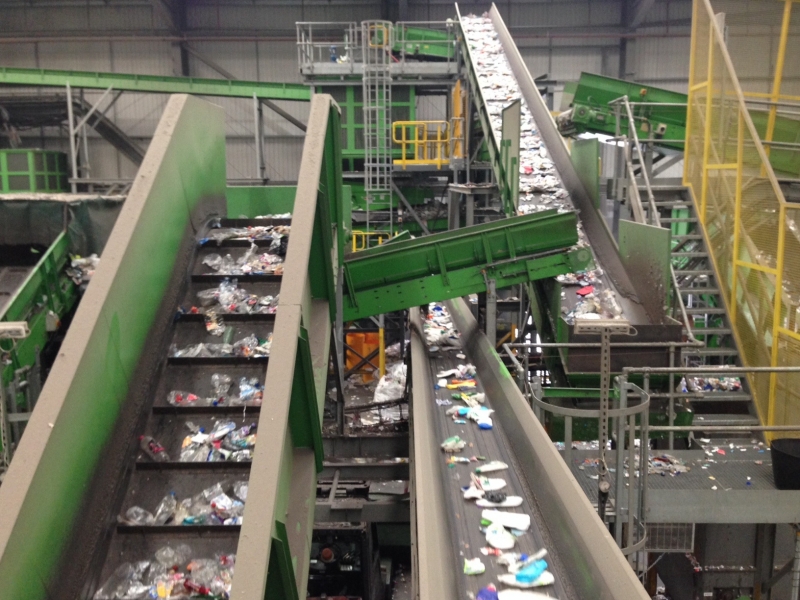
Yesterday we trekked out to Dagenham Dock to visit the Closed Loop Recycling plant, which was thoroughly intriguing. Upon arriving we were greeted by Nick Cliffe, Marketing Manager and our tour guide for the trip. We began the tour with a short and very informative talk which led into a tour of conveyor-belt-central!
The plant is the first of its kind in the UK, using state-of-the-art technology to sort, wash and super clean both polyethylene terephthalate (PET) and high density polyethylene (HDPE) plastic bottles. The plant currently has a capability of recycling 55,000 tones of bottles a year - that's a huge amount!
Why is PET used for bottles?
It's a strong, hard, high-density plastic. It often has to hold carbonated drinks, therefore its strength is essential. The clarity of the plastic is also excellent.

Closed Loop Recycling began its life in Australia in 2000, and it was first put to the test during the Sydney Olympics. The Olympic games is the largest gathering of people in any one place and for a very short amount of time, which makes its infrastructural demands huge. Almost everything needs to be designed to be recycled, and for the Sydney games Closed Loop Recycling did just this; the food packaging, the cardboard tables for the press and the temporary signs were all made from recycled and recyclable materials. In 2001 here in the UK there was nowhere to recycle PET plastic; along came the sister plant and Closed Loop Recycling UK opened its doors.
In 2013:
316,000 tones of bottles were being recycled - that's only 58% of the UK's consumption.
125,000 tones of yogurt pots, plastic tubs and trays were being recycled - that's only 19% of the UK's consumption.
There is still more we can do!
At the moment there are 3 ways in which recycling is collected:
- Separate collection - there are the machines that you see at your local supermarkets that use infrared, weights, and other technologies to divide the recycling as it arrives in the machine. They are expensive to purchase but do give excellent quality recycling!
- Kerbside collections - this collection system creates clean recycling but does involve lots of bins and in the UK we haven't designed our houses to have lots of bins in our drives. But it's affordable and if a local authority is clever it could be a cost neutral collection service as the plastic is high grade stuff! This is also Nick's favourite type of collection
- Finally, we have comingled recycling - this is currently preferred by most local councils. It is often the cheapest collection method and has the largest collection rate but it produces lower quality plastic.
Kent is a really interesting county as it has 13 different authorities, 12 of which have aligned their waste collection, which gives them greater pulling power. Technically Kent could afford to have its own closed loop recycling plant - imagine that!
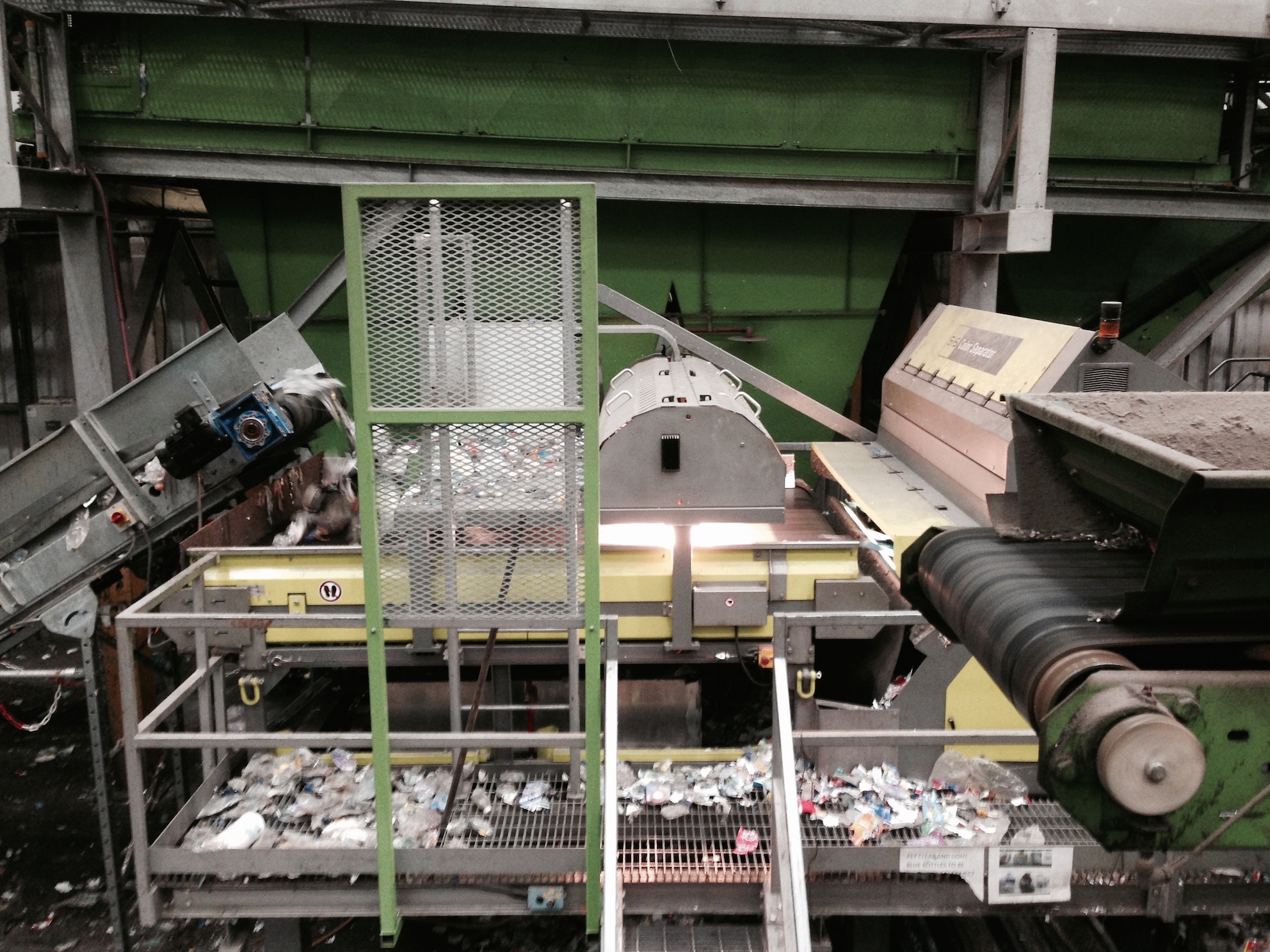
Currently M&S have committed to all their packaging having 50% recycled materials, whereas Coke have committed to 25% in their bottles. This Water began life in a 100% recycled bottle but in actual fact it had a higher carbon footprint and we just dont recycle enough bottles, they now use tbetween 25%-50% recycled material.
PET can only be recycled about 6 times but if combined with virgin resin (PET) it can have a much longer lifespan. The more it gets recycled the more the colour becomes grey and yellow, which makes it less attractive to have a 100% recycled bottle.
Currently milk bottles have 15% recycled material and trays and yogurt pots have around 50%. However, milk bottles are raising their percentage to 30%.
Should we use a glass milk bottle or a plastic bottle?
Glass production is a very energy-intensive process and the bottles are much heavier to transport and use lots and lots of water to clean. The glass bottle itself doesn't have a very long life either. As soon as it has any chip or crack the bottle is unusable - Nick estimated that a glass milk bottle gets used about 10 times!
Nick has recently been working with supermarkets, dairies, farmers, and all those who are involved in the supply chain of milk to discuss the bottles. The green tops of the semi-skimmed milk (the most popular milk purchased) turn the recycled plastic green, making it less pure, so the milk tops you now see are only 15% green compared to a few years ago. The bottles are now much thinner walled and use a different glue for the label which is easier to remove making the milk bottle much easier to recycle!
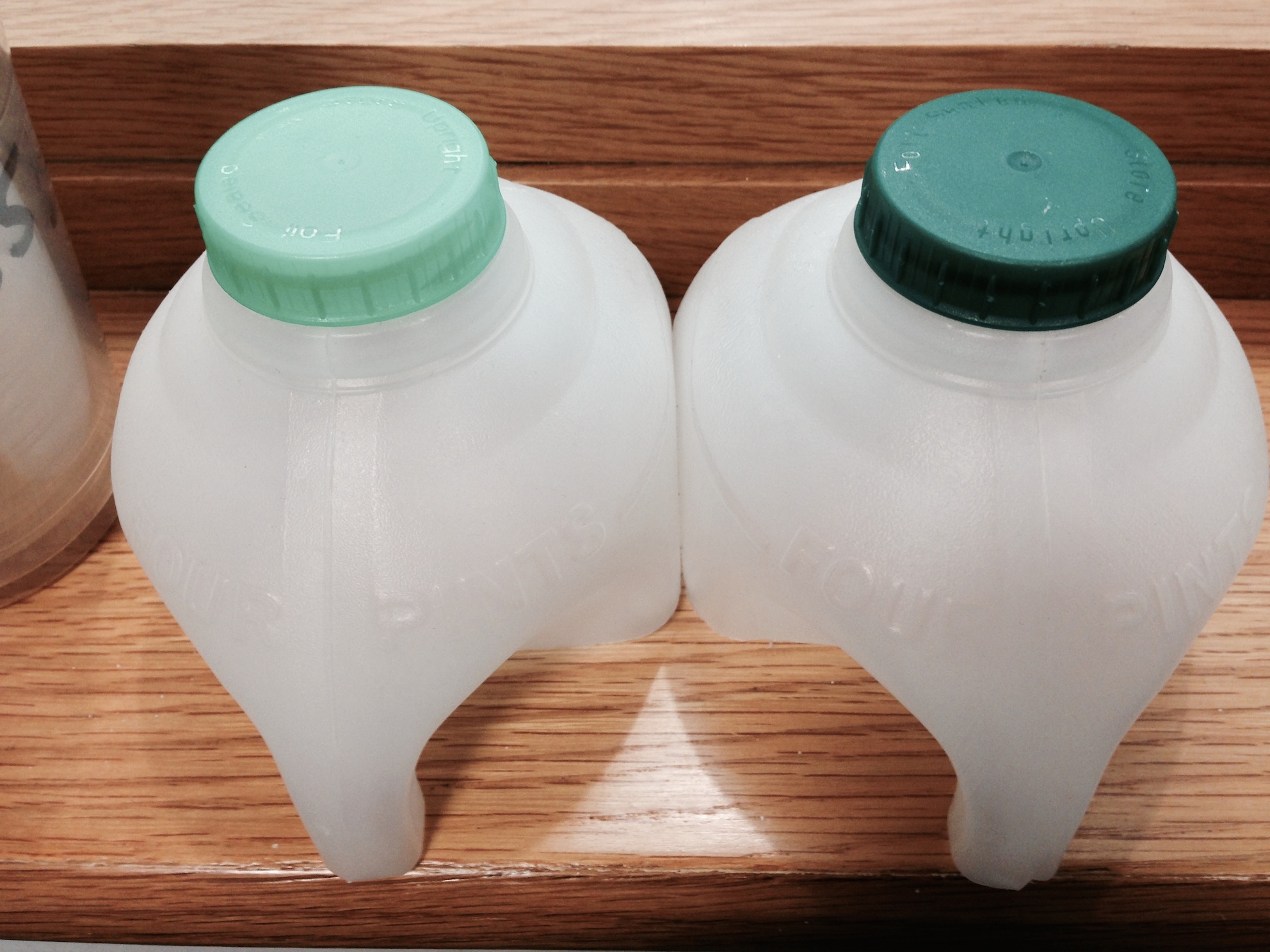
The steps of the plant:
1 - Dry Cleaning - This is sorting!
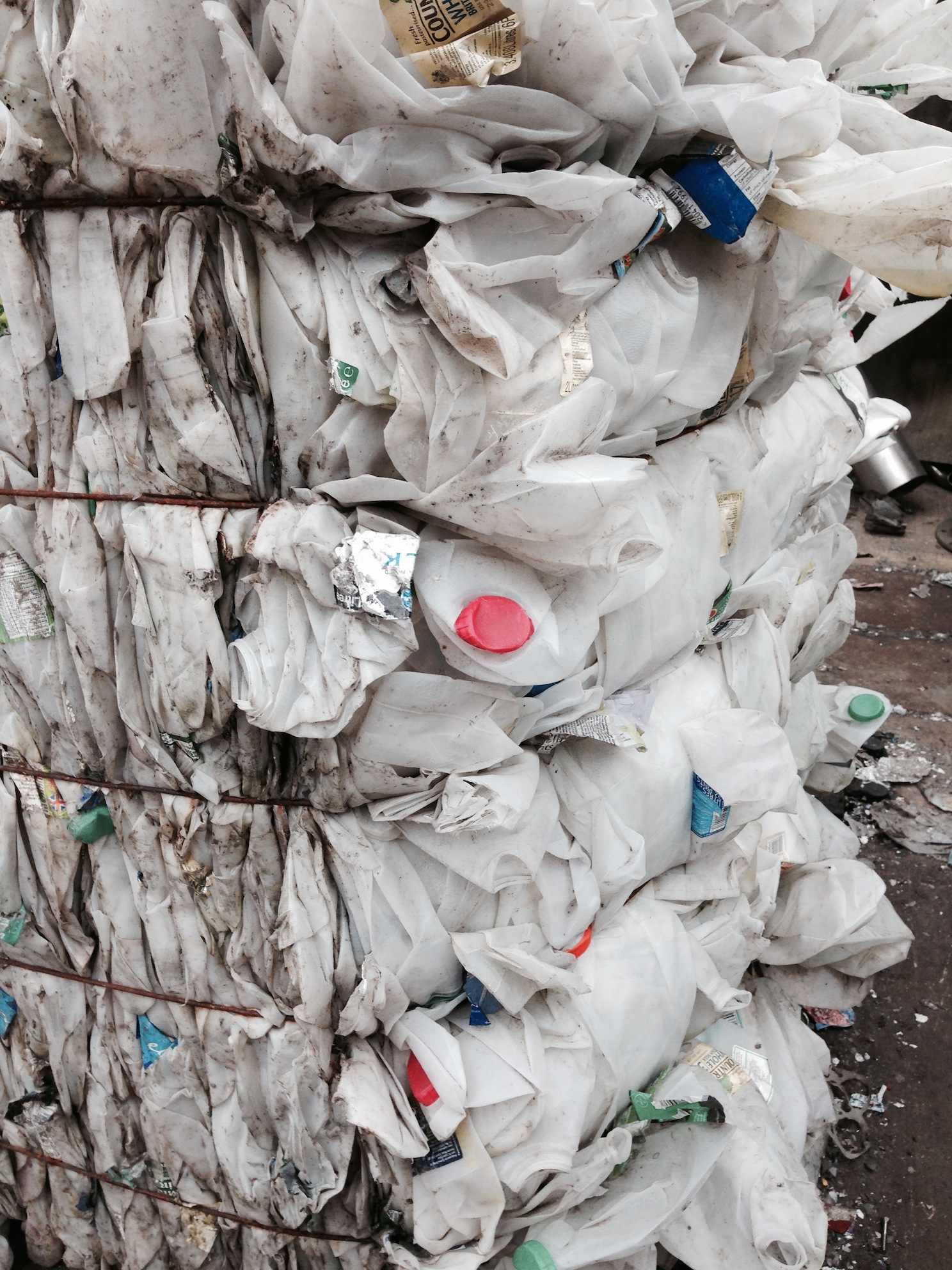
2 - Optical Sorting - Colour sorting with an infrared sorting machine. When the machine spots a colour, a jet of air pushes it up into a different direction, pushing it into a different conveyor belt.
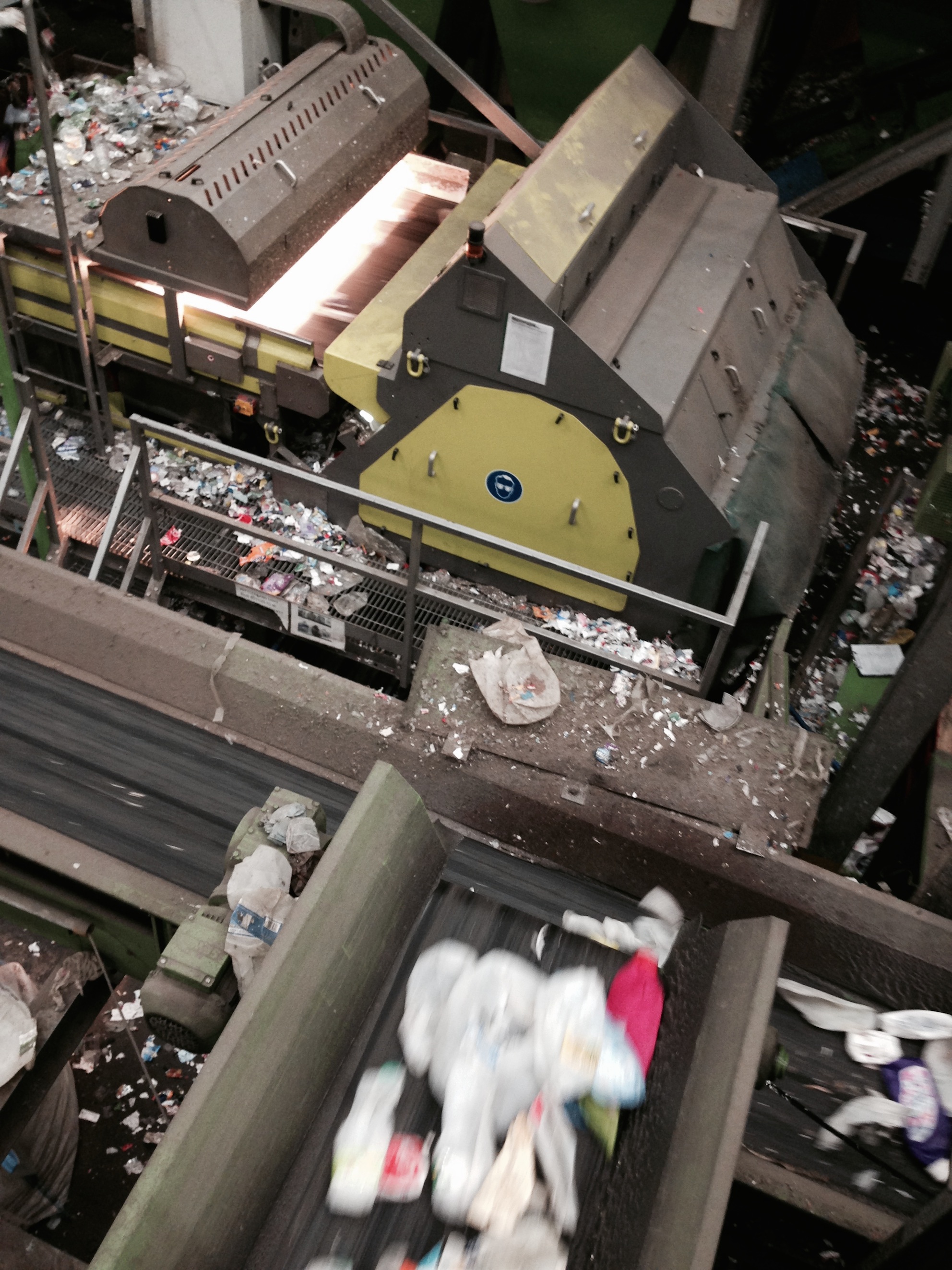
3 - Manual Sorting - This is the final check and it's best done by hand!
4 - Granulation - The bottles are then granulated into flakes and it also goes through another flake sorting machine where any unwanted colours are flown out!
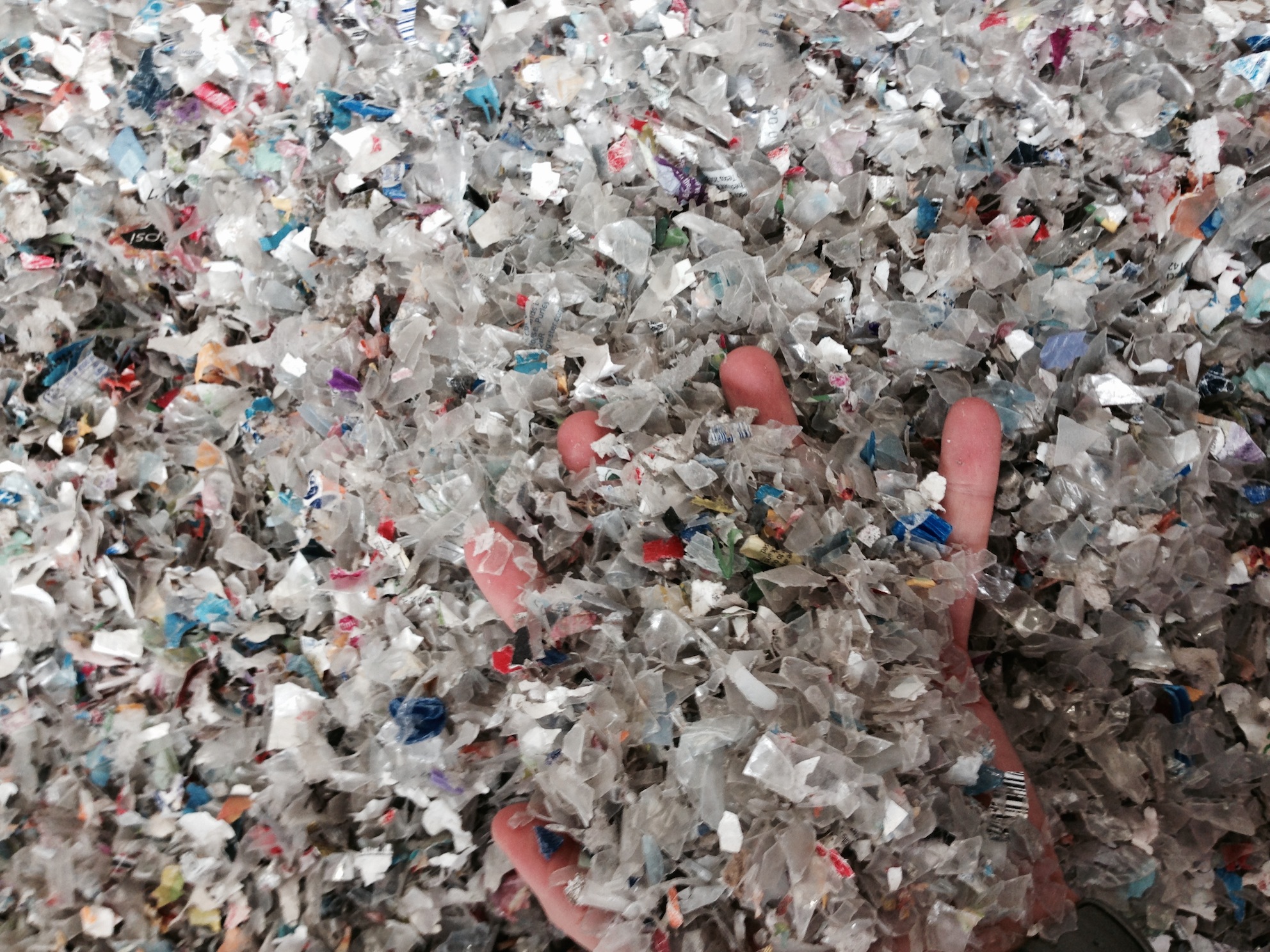

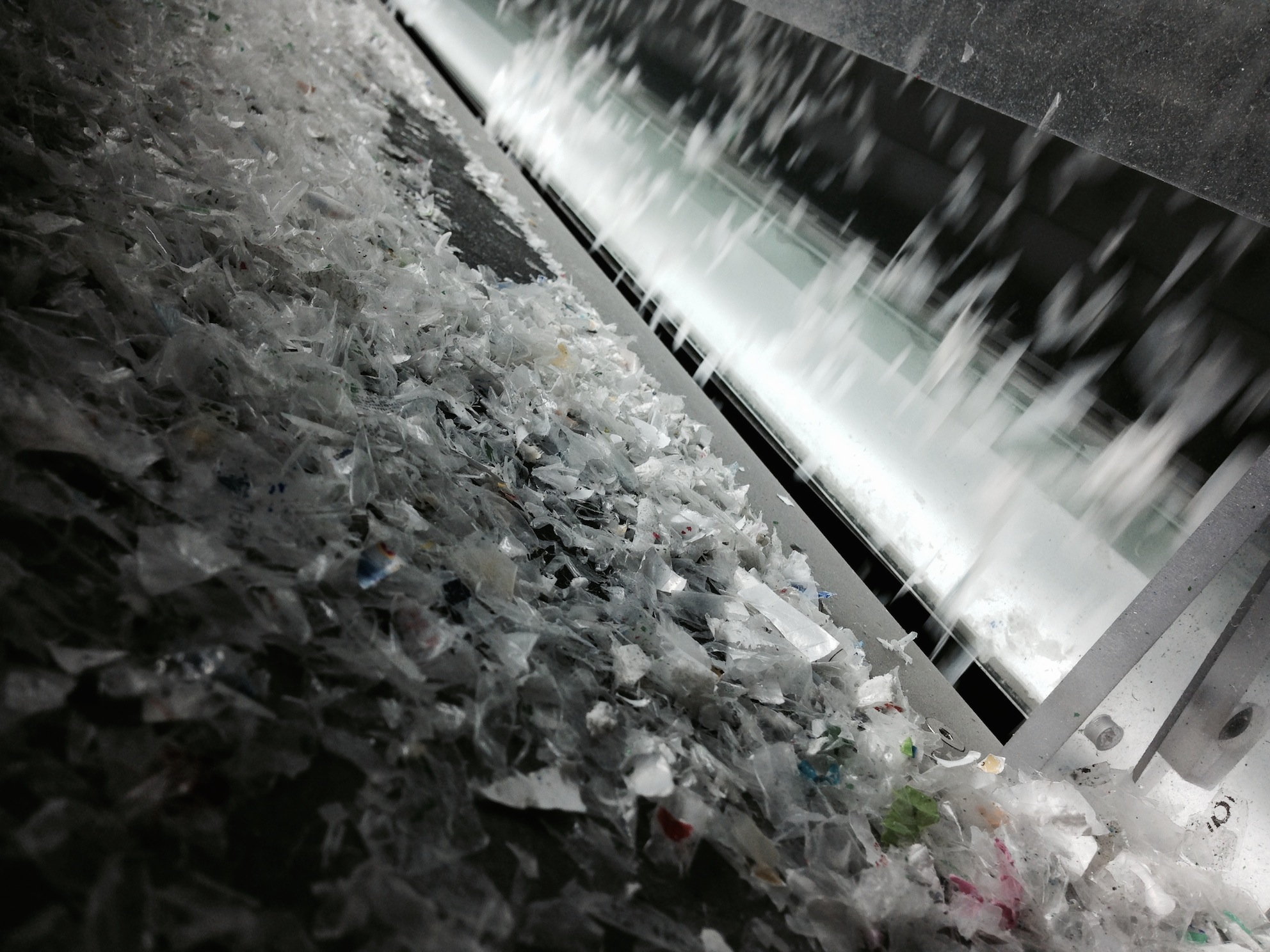
5 - Washing
6 - Purification - This is where the flakes are melted together and turned into plastic pellets, which are then sold ready to be added into virgin resin to create more and more bottles.
7 - Quality Control.
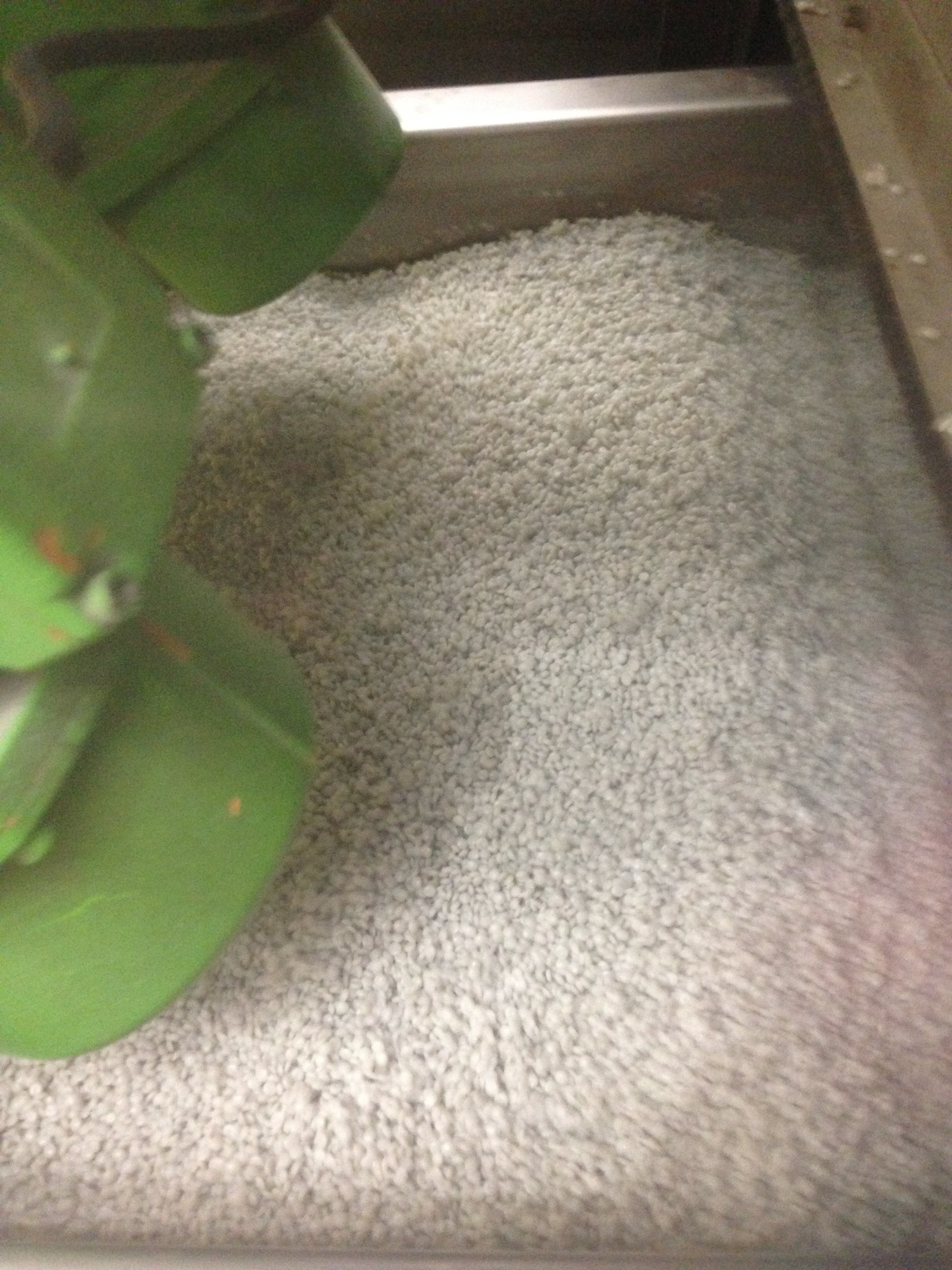
For more information about Closed Loop visit: www.closedlooprecycling.co.uk